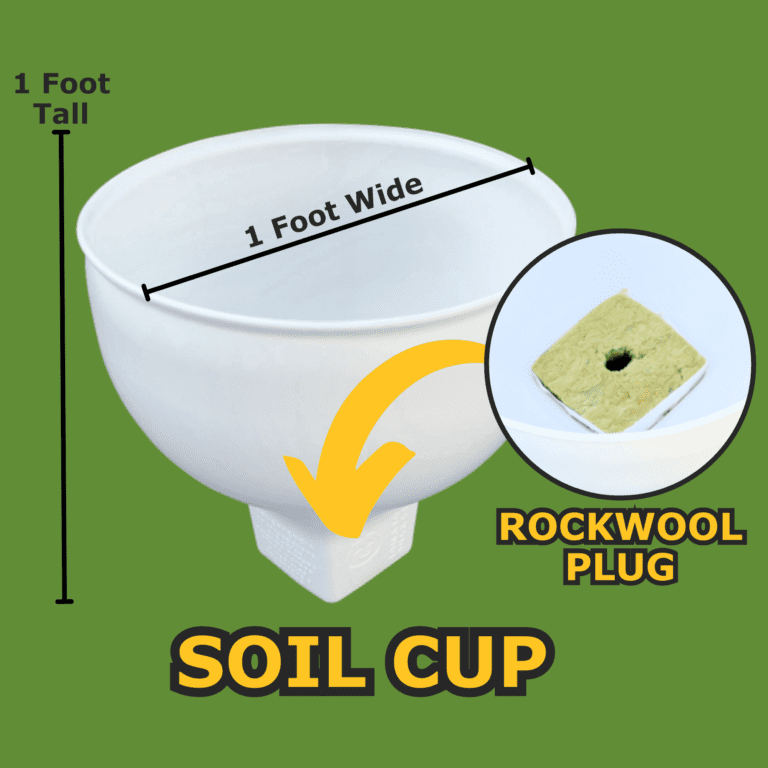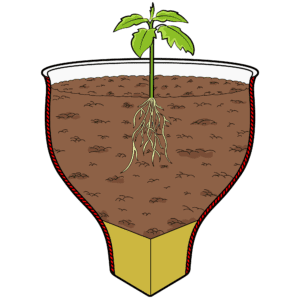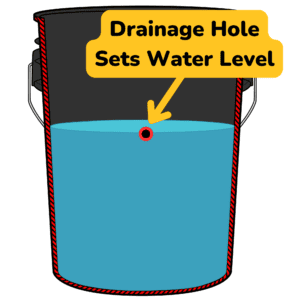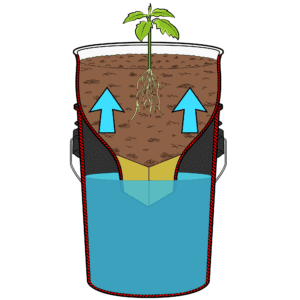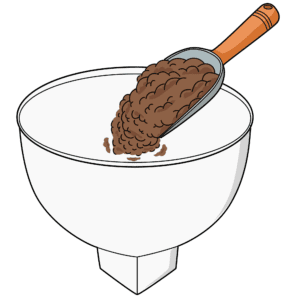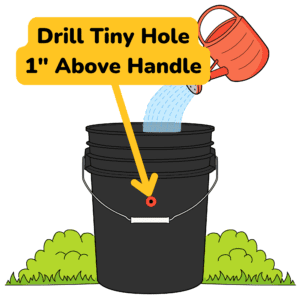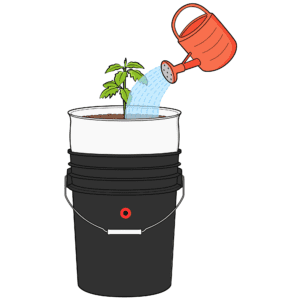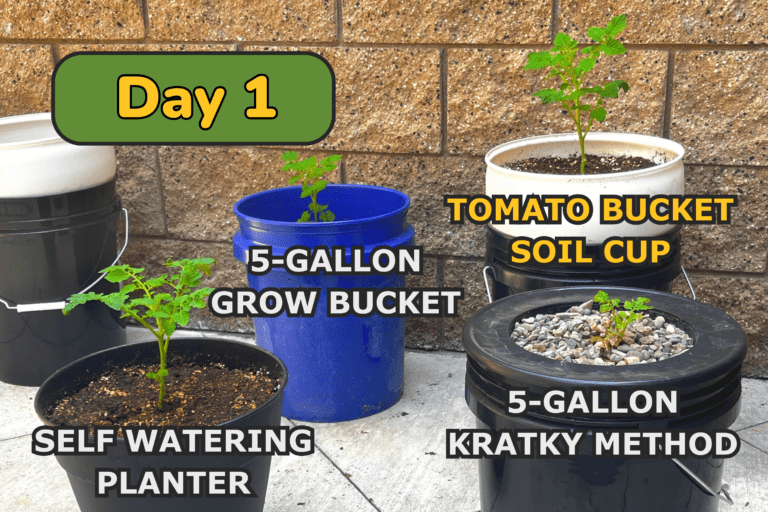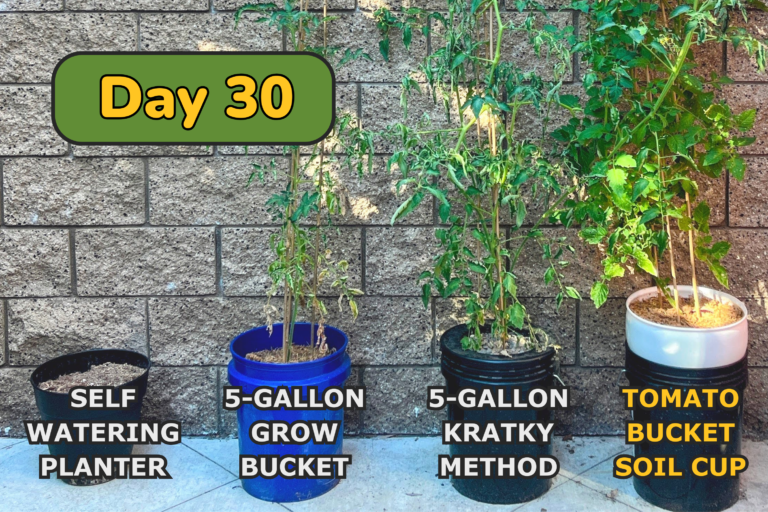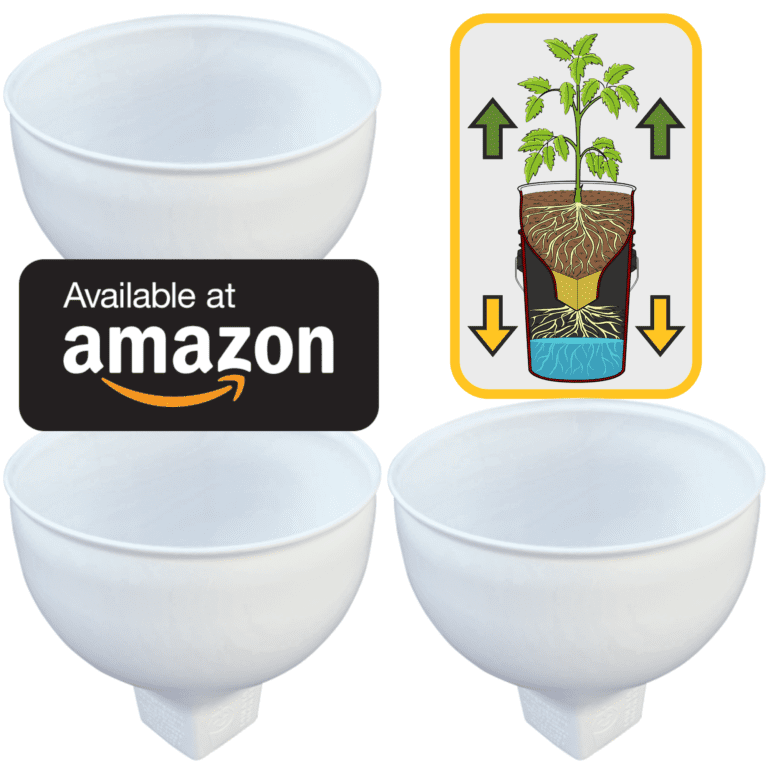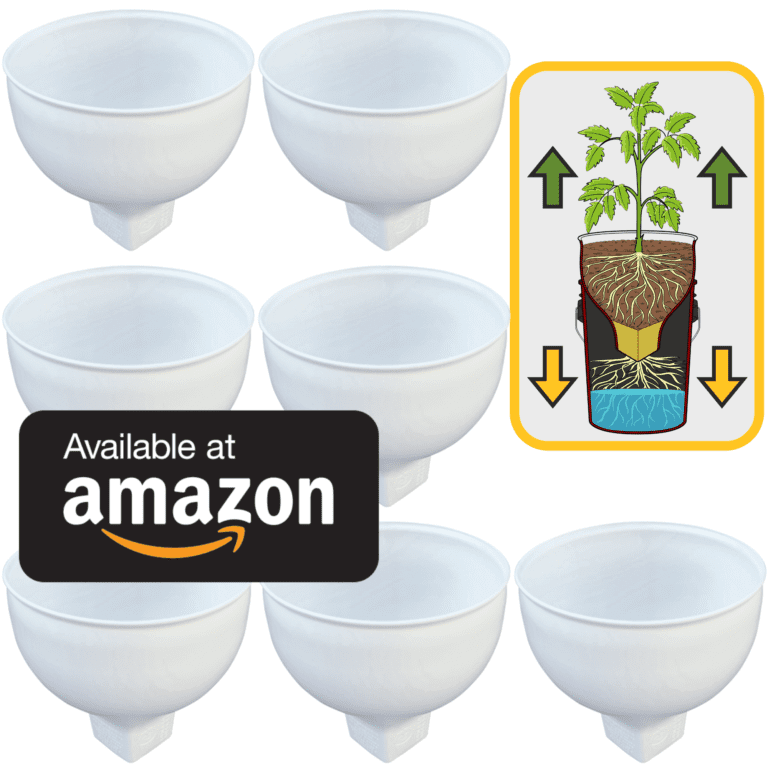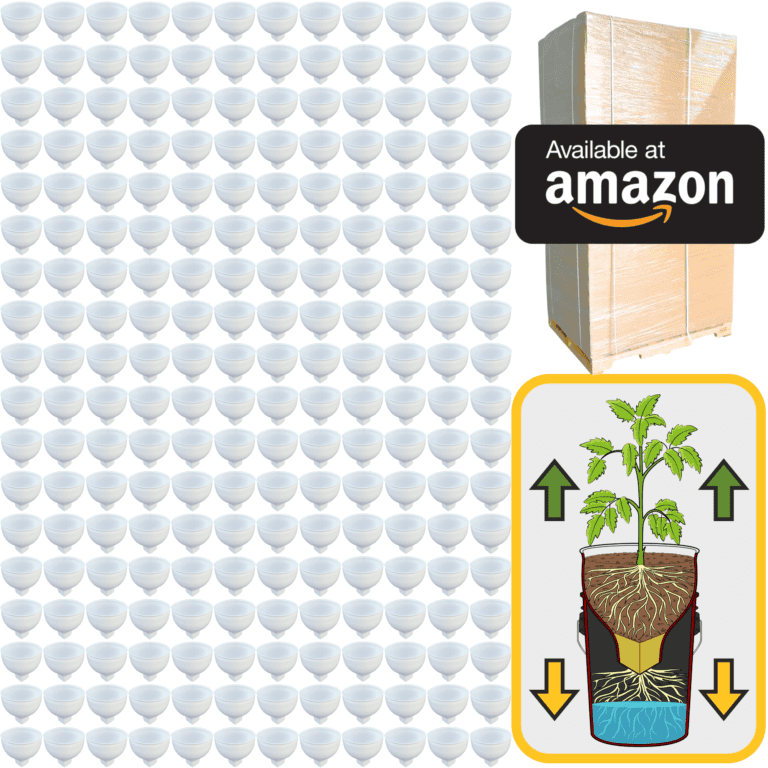Now that you’ve learned the essentials—how plants grow, how to care for soil, how to water wisely, and how to recognize the needs of your garden—it’s time to bring it all together and design a garden that truly thrives. Designing a garden is a deeply personal and creative process, and it’s where all the foundational knowledge you’ve gained starts to come alive in a physical space. The joy of creating a garden lies in its balance between practical considerations and the freedom to express your own ideas and preferences.
When you begin to think about designing your garden, it’s important to remember that gardening is not just about what looks good. It’s about creating a space where plants can flourish in harmony with their environment, where their needs are met, and where you, as the gardener, feel a sense of fulfillment every time you step outside. A well-designed garden is a space that grows in beauty and productivity over time, offering you a deeper connection to nature and a place to experience the wonders of life in all its forms.
Start by thinking about the physical space you have. Whether it’s a large backyard or a small balcony, every garden can become a thriving ecosystem if designed thoughtfully. Walk through your space and observe it carefully—where does the sun hit the strongest? Which areas stay shady for most of the day? How does water move through the area when it rains? These are the key environmental factors that will guide your design. Matching the right plants to the right conditions—sun-loving plants in bright spots, shade-loving plants in cooler areas, and moisture-loving plants in naturally damp zones—will set the stage for a successful garden.
Next, think about how you want to use the space. Do you want a vegetable garden, a flower garden, or a combination of both? Maybe you’re dreaming of a peaceful garden where you can relax and enjoy the sound of birds and the scent of flowers. Or perhaps you want a highly productive space filled with herbs, fruits, and vegetables to feed your family. There’s no right or wrong answer here—your garden should reflect your personal needs and desires. The key is to create a space that makes you happy and serves a purpose, whether that’s growing food, providing habitat for wildlife, or simply being a beautiful place to enjoy.
Once you have a sense of what you want to achieve, it’s time to start planning the layout. This is where your foundational knowledge of plants comes into play. The height, spread, and growth patterns of your plants are important considerations when designing a garden. Taller plants, like sunflowers or tomatoes, should generally go toward the back of the garden bed or against a fence, where they won’t block sunlight from reaching shorter plants. Low-growing plants like lettuces, marigolds, or creeping herbs can be planted along the front edges, where they’ll still get plenty of light.
You can also use layers to create depth and interest in your garden. Think of it like creating a visual tapestry—tall plants at the back or center, medium plants in the middle, and short plants around the edges. This layering effect not only makes the garden look more dynamic, but it also maximizes the use of space. In vegetable gardening, for example, planting taller crops like corn or trellised cucumbers alongside shorter crops like carrots or onions allows you to grow more in the same area, making the most of your garden space.
Incorporating variety is another way to create a vibrant, healthy garden. Monocultures—planting large amounts of the same species in one area—can lead to problems with pests and diseases. But by mixing different types of plants together, you help create a more resilient garden. Diversity also encourages beneficial insects and pollinators to visit your garden, ensuring that your plants are well-pollinated and pests are naturally kept in check by their predators. Companion planting, where certain plants support each other’s growth, is a wonderful way to encourage this natural balance. For example, planting basil near tomatoes can improve the flavor of the tomatoes, while marigolds can help deter aphids and other pests.
As you design your garden, don’t forget to plan for the long term. Some plants, like annuals, will live for only one growing season, while perennials will come back year after year. It’s a good idea to mix the two, so you have a balance of plants that provide instant results with those that will continue to grow and thrive in the years to come. Perennials like lavender, hostas, or berry bushes form the backbone of many gardens, while annuals like zinnias, tomatoes, and cucumbers bring seasonal color and harvests. Over time, you’ll find that the perennials anchor your garden, providing structure and continuity, while the annuals let you experiment and change things up each year.
Creating pathways or open spaces can also add both beauty and functionality to your garden. Pathways allow you to move easily between planting beds for harvesting and maintenance while giving you a place to walk and enjoy your garden up close. These spaces can be simple, like stepping stones through a bed of low-growing thyme, or more defined, like gravel paths between rows of vegetables. Think about how you’ll move through your garden and how you want to interact with the plants—whether you’re strolling through a flower garden or kneeling down to pick fresh herbs, pathways make the garden feel accessible and inviting.
Water features or seating areas are other ways to add dimension to your garden. Even something as simple as a birdbath or a small bench can transform your space, making it a place not just for plants, but for you to relax and connect with the natural world. These elements create a peaceful atmosphere where you can enjoy the sights, sounds, and smells of your garden, turning it into a sanctuary for both you and the wildlife that visits.
As you finalize your garden design, consider how sustainable practices can be woven into the fabric of your garden. Sustainable gardening is not only about what you plant, but how you care for your space over time. Incorporating compost bins, rainwater barrels, or even using organic mulch helps reduce waste and conserve resources, making your garden more eco-friendly. Growing native plants can also reduce the need for extra water and fertilizers, as these plants are already adapted to your local climate and soil conditions.
By embracing sustainable practices, you’re not only creating a garden that looks beautiful today, but one that will continue to thrive for years to come with minimal impact on the environment. The more you work with nature, the more you’ll find that your garden takes care of itself in many ways, reducing the need for chemical fertilizers, pesticides, or excessive watering.
In the end, designing a garden is about bringing together everything you’ve learned—about plants, soil, water, light, and sustainability—and shaping it into a space that feels uniquely yours. It’s a creative process, but also a practical one. A well-designed garden isn’t just a collection of beautiful plants; it’s a living, evolving space where everything works in harmony.
And the best part is, no garden is ever finished. As you spend time in your garden, you’ll learn more about what works and what doesn’t, and your space will continue to change and grow with you. Each season brings new opportunities to experiment, refine, and enjoy the process of gardening. Your garden becomes not just a project, but a living expression of your relationship with nature—one that grows deeper and more rewarding as the years go by.
This is the true heart of gardening: creating a place where life flourishes, where the natural world and human care come together in harmony. It’s about nurturing the earth and, in return, finding a sense of peace and fulfillment in the green spaces we create. There’s no right or wrong way to design a garden, only the joy of watching it grow and knowing that you’ve played a part in bringing it to life.

